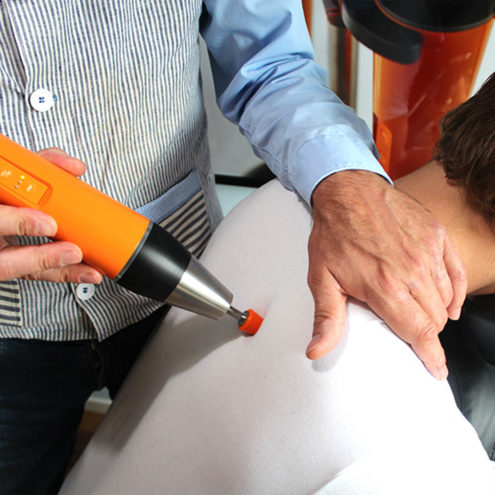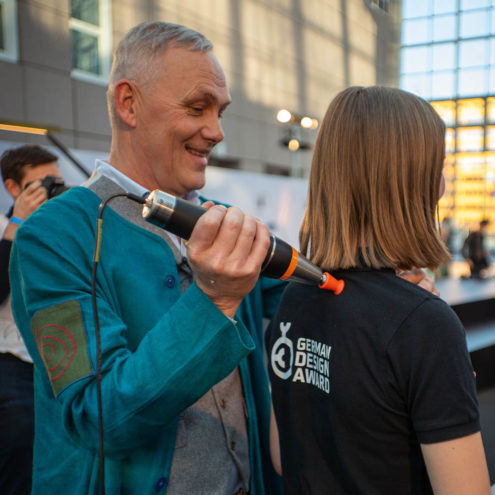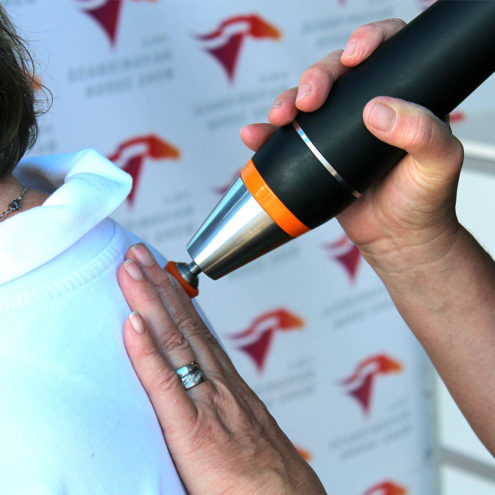Back Lift: Technique and Benefits

The back lift, or back raise as it is also known, is an effective exercise to strengthen the muscles of the back. This exercise is popular in both rehabilitation and strength training. In this article, we will go over what back lifts are, how they are performed correctly, the benefits of including them in your training, and what precautions you should take.
What is a back lift?
Description of back lift and its execution
The back lift is an exercise that aims to strengthen the muscles of the lower back. The exercise can be performed in a variety of ways, including on the floor, on a dedicated hyperextension bench or with a Pilates ball.
To perform a back lift on the floor, start by lying on your stomach with your arms extended in front of you or positioned at your sides. Then lift your upper body off the floor by contracting the muscles in your lower back. Hold the position for a few seconds before slowly lowering your upper body back to the starting position. Avoid bending your neck.
Muscles that are activated during back lifts
During a back lift, several muscle groups are activated, focusing on the erector spinae muscles in the lower back. These muscles are responsible for stretching, rotating, lateral bending and stabilizing the spine. Other muscles activated include the gluteus maximus, hamstrings, and also partially the lower parts of the trapezius and rhomboid muscles in the upper back. This makes the back lift a comprehensive exercise for the back and core muscles.
Benefits of Including Back Lifts in Your Training
Strengthening of the muscles of the back and core stability
One of the main benefits of back lifts is that they effectively strengthen the muscles of the lower back. These are part of our core muscles. A strong core contributes to better balance and coordination and reduces the risk of injury during physical activity.
Improved posture and back muscles
Back lifts also help improve posture by strengthening the muscles that support the spine. Many people suffer from poor posture due to weak back muscles, which can lead to back pain and other problems. By including back lifts in your exercise routine, you can improve your posture and avoid these problems.
Reduced risk of back problems and injuries
Strong back muscles can reduce the risk of back problems and injuries, especially for those who do a lot of sitting or heavy lifting. Back lifting helps to strengthen the muscles that support the spine, reducing the strain on the intervertebral discs and joints in the back.
How is the back lift performed correctly?
Position of hands and feet and posture during the lift
When performing back lifts, it is important to position your hands and feet correctly to avoid injury and maximize effectiveness. If you are using an extension bench, place your feet firmly on the footrest and adjust the pad so that it rests comfortably under your hips. Keep your hands behind your head or crossed over your chest.
Breathing patterns and activation of the right muscle groups
Breathing correctly during back lifts is important to maintain proper form and maximize muscle activation. Inhale before starting the lift, and exhale slowly as you lift your upper body. Focus on contracting the muscles of the lower back and avoid overexerting the neck or upper back.
Gradual progression and caution in performing the exercise
It is important to gradually increase the intensity and difficulty of back lifting to avoid injury. Start with body weight and then gradually increase the load, for example with weight plates or kettlebells. Be sure to listen to your body and avoid overloading your back.
What precautions should be taken during back lifts?
Avoid excessive strain and posture that can cause injury
Using too much weight or using the wrong technique can lead to injury. It is important to use a weight that you can handle and to focus on maintaining a neutral back position throughout the exercise. Avoid overstretching your back, as this can cause compression in the lower spine.
Listen to the body’s signals and adapt the exercise to individual needs and limitations
Always pay attention to how your body feels during and after exercise. If you experience pain or discomfort, stop immediately and adjust the exercise or consult a personal trainer or physiotherapist. Always adapt the exercise to your own needs and limitations to avoid injury.
Consult a trainer or physical therapist to ensure proper technique and execution
To ensure that you perform back lifts safely and effectively, you may want to consult a personal trainer or physiotherapist. They can help you fine-tune your technique and advise you on how to best integrate back lifting into your exercise routine.
The back lift is a valuable exercise for strengthening the muscles of the back and improving core stability. By performing the exercise correctly and with the right precautions, you can reap its many benefits, including improved posture and reduced risk of back pain. Remember to always listen to your body and adapt the exercise to your individual needs. With the right technique and progression, back lifting can become an effective part of your exercise routine and contribute to a strong and healthy back.
 Search
Search


































